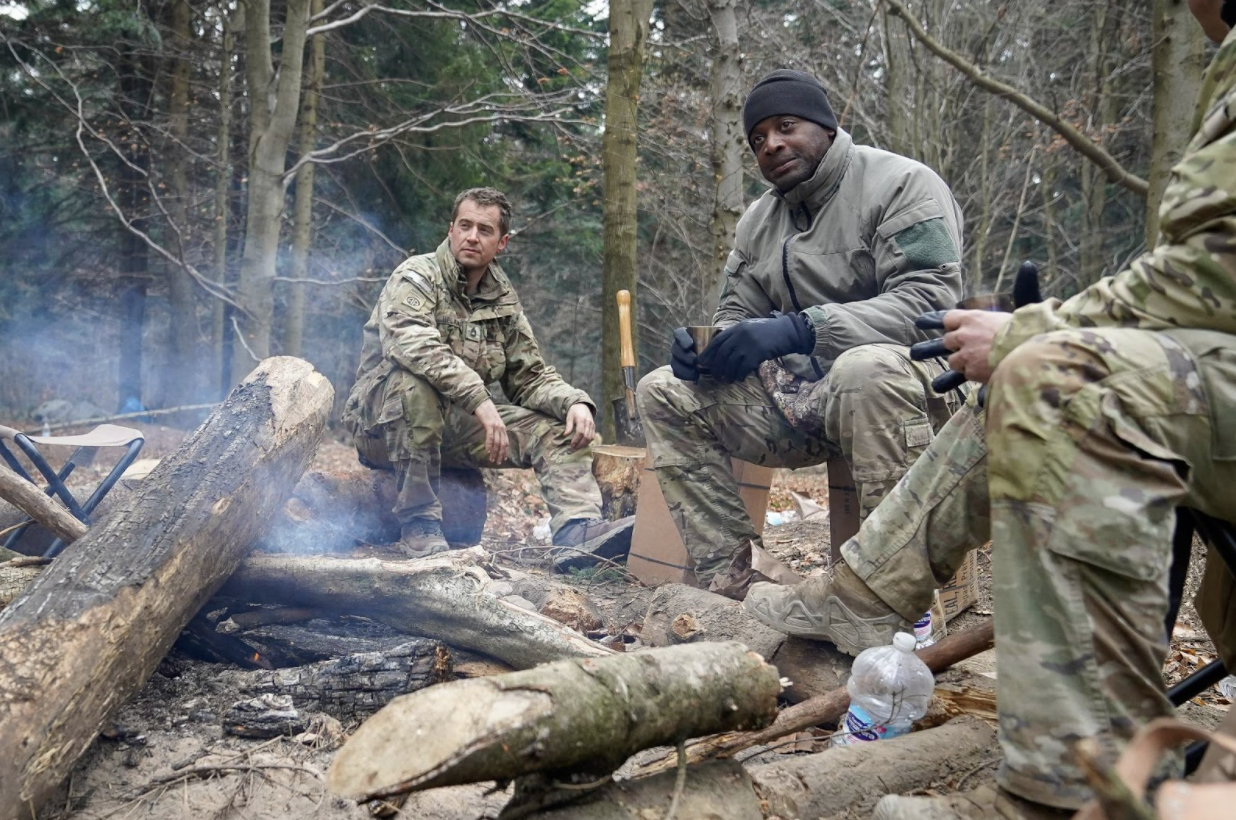United States Seeks Quick Response to Russian Invasion of Ukraine
Vice President Kamala Harris speaks at the 2022 Munich Security Conference about the United States’ belief of an imminent Russian invasion occurring. Photo: Michael Probst / AP
On February 21st, 2022, Russian President Vladimir Putin formally recognized the Ukrainian breakaway states of Luhansk and Donetsk. Within hours, Russian forces had entered the region, supporting American intelligence claims of an imminent intervention into Ukrainian territory, and seemingly drawing a diplomatic resolution out of the picture.
The invasion was by no means a surprise. Since December of last year, American intelligence has suggested that a planned offensive into Ukraine has been circulated through the Kremlin, with indications of action taking place in early 2022.
The past couple of weeks, however, has seen a dramatic increase in rumors and signals of an imminent incursion in Ukraine. Revelations that Russia had been plotting a false flag attack video to justify an invasion were published by Western intelligence sources alongside names of potential Pro-Russian successors that were being considered to rule a post invasion Ukrainian puppet state.
Regular accusations of Russia’s planned attack date have been published by Pentagon officials, even though the aforementioned invasion date did not result in any military action. A Russian kill-list of Ukrainian dissidents was even reportedly obtained.
“Exposing [Russian] military plots makes it that much harder for Russia to execute them,” a senior US official explained to the Wall Street Journal. The declassification of documents that American intelligence agencies have brought up appear to be a narrative game to thwart a Russian pretext for battle. Compared to 2014, when Russia’s invasion of Crimea left Western nations disconnected and unable to thwart disinformation, the United States’ new strategy has allowed Western nations to coordinate.
Monday was a bittersweet success for the Western intelligence community. Putin’s address to the nation, where he accused the United States and NATO of establishing foreign military bases in Ukraine and allowing “genocide” to flourish, appeared to be starting point for war. In a stark contrast to his earlier claims of withdrawing troops (a claim disproven by American and NATO intelligence), the Russian premier appeared firmly defiant in referring to Ukraine as an artificial Soviet state that needed intervention. Putin declared that, “we are ready to show you what real decommunization would mean for Ukraine.”
Soldiers from the 82nd Airborne Division camping in Poland after being deployed from Fort Bragg, North Carolina due to tensions in Ukraine. Photo: Bryan Woolston / Reuters
The American response to moves against Ukraine began on Tuesday by unveiling new sanctions targeting Russia’s sovereign debt fund, the state-owned investment company VEB, and numerous unnamed oligarchs and banks. These sanctions are meant to join in lockstep with newly announced European sanctions on Russian financial institutions and prevent Russia from financing its military and government.
Debate remains, nevertheless, within White House circles as to how harsh the response should be at this moment. An anonymous senior official in the Biden administration refrained from calling Russia’s actions an invasion, noting that “Russia has had forces in Donbas for the past eight years.” Fears persist that responding too harshly so soon could remove the disincentive for Russia to further react.
Some Republican politicians believe that the territorial breach already constitutes a sufficient pretext to unleash tougher consequences on the Russian state. The insistence to place sanctions before Russian action was a key point in collapsing negotiations regarding the Senate’s “Mother of All Sanctions” bill.
President Biden, for his part, has assured doubters that this is only the “first tranche of sanctions,” and that additional actions are expected if Putin continues to escalate. Biden also affirmed in the same meeting that existing U.S. troops in Western Europe will be moved to the Baltic states to support these nations. Existing troop deployments within Poland and Romania are currently in the process of setting up processing centers for the advent of Ukrainian refugees.
“We still believe that Russia is poised to go much further in launching a massive military attack against Ukraine,” Biden acknowledged at the White House. This gives a significant amount of credence as to why the United States, and other nations, have evacuated embassy staff from Ukraine in recent times. As a peaceful solution retreats, hope only dwindles as people anxiously look to the looming days ahead.


